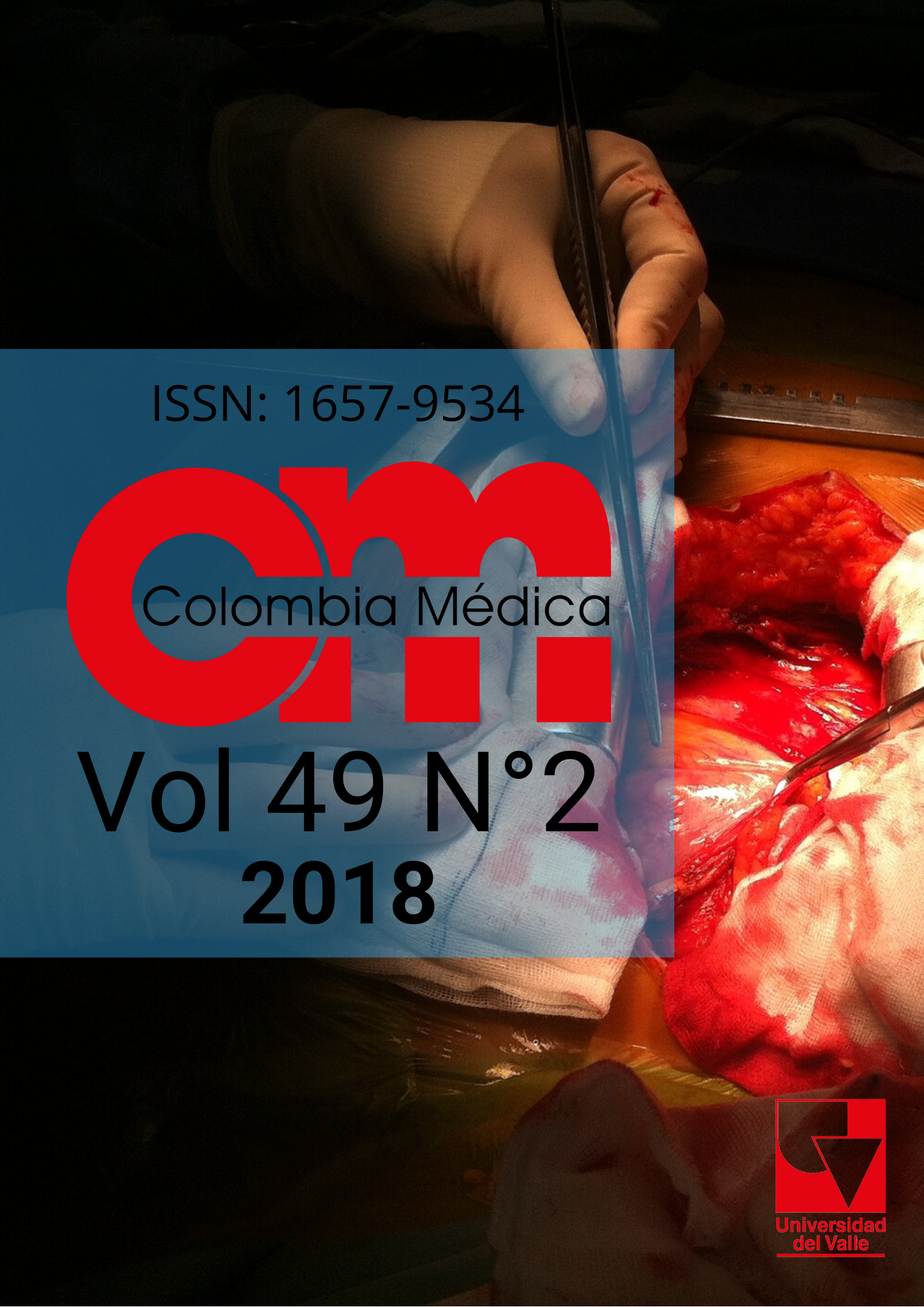Perceptions about sexual risk, HIV and HIV-testing in Cali, Colombia.
Main Article Content
Introduction: In Colombia, 20%-54% of the population with sexual practices at higher risk for HIV infection (men who have sex with men, transgender women, women sex workers) has sometime been tested.
Objective: To describe perceptions of sexual risk, HIV and HIV testing in people with risky sexual practices and people who identify themselves as heterosexual.
Methods: Between 2012 and 2014, it was carried a descriptive study using HIV screening out in Cali-Colombia with the voluntary participation of 940 people aged over 18 years. There were used: informed consent, structured questionnaire and HIV testing. Descriptive, bivariate and multivariate Poisson regression models were performed.
Results: Average age 28.5 ±10.9 years; 50% men. 357 (38%) were people from the traditional risk group for HIV infection; and 583 (62%) corresponded to the non-traditional risk group (heterosexual men and women). Likewise, 62% and 41% respectively had HIV test. 51% to 53% reported having sex when they consumed liquor; commercial sex was higher in the group with risky sexual practices (32% vs 3%), as well as anal relations (77% vs 23%), consistent use of condom (32% vs 9%), and HIV positive test (14.3% vs 1.6%). The multivariate analysis showed for both groups that having HIV test was associated with being older than 25 years and a history of sexually transmitted infection.
Conclusions: Differentiated education strategies are needed based on risky sexual behaviors and that consider the importance of regular HIV tests for early diagnosis and timely enrollment in care and treatment.
Downloads

This work is licensed under a Creative Commons Attribution-NonCommercial 4.0 International License.
The copy rights of the articles published in Colombia Médica belong to the Universidad del Valle. The contents of the articles that appear in the Journal are exclusively the responsibility of the authors and do not necessarily reflect the opinions of the Editorial Committee of the Journal. It is allowed to reproduce the material published in Colombia Médica without prior authorization for non-commercial use

